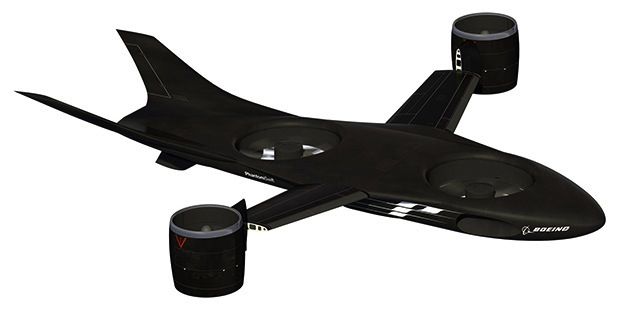By Evan Ackerman — IEEE Spectrum
Yesterday, DARPA announced the four companies that’ll be competing to develop a new experimental aircraft that combines the efficiency of an airplane with the versatility of a helicopter. It’ll be something like a V-22 Osprey, except that DARPA is hoping for “radical improvements in vertical and cruise flight capabilities.” Three of the companies provided concept art to DARPA; Boeing’s Phantom Swift is pictured above. And the thing that every proposal has in common? They’re all robots.
Robots weren’t a specific requirement for the VTOL X-Plane, but DARPA says that the best proposals ended up being unmanned. It shouldn’t be a surprise that this is the case; in a contest based on speed, efficiency, and payload, including a human pilot would be a significant disadvantage: humans are fragile and require a lot of maintenance, and it’s becoming increasingly arguable that a human in an aircraft has the potential to be more of a liability than an asset, at least in some cases, which may include (say) cargo delivery into dangerous areas.
